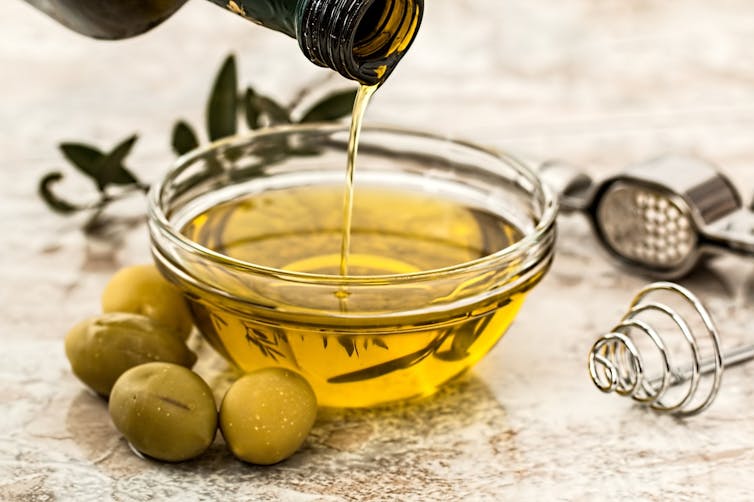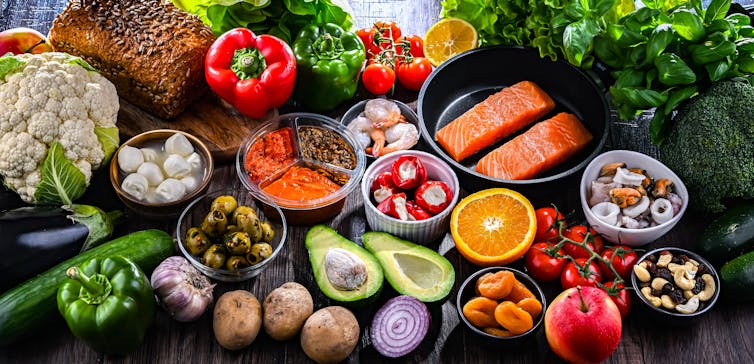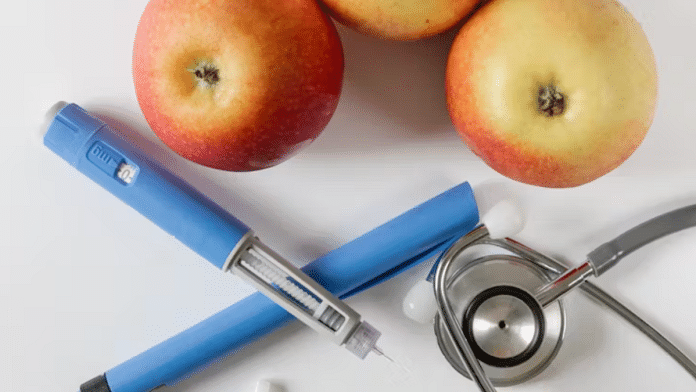
(Stevepb/Pixabay)
Semaglutide medications work by increasing the levels of a hormone called GLP-1 (glucagon-like peptide 1), a satiety signal that slows digestion and makes us feel full. These drugs also simultaneously decrease levels of an enzyme called DPP-4, which inactivates GLP-1.
As a result, this “stop eating” hormone that naturally survives for only a few minutes can survive for an entire week. This enables a semi-permanent, just-eaten sensation of fullness that consequently leads to decreased food intake and, ultimately, weight loss.
Nevertheless, medications aren’t the only way to raise GLP-1 levels.
Fibre — predominantly found in beans, vegetables, whole grains, nuts and seeds — is the most notable nutrient that can significantly increase GLP-1. When fibre is fermented by the trillions of bacteria that live in our intestines, the resultant byproduct, called short chain fatty acids, .
This may explain why fibre consumption is one of the and has been even in the absence of calorie restriction.
Monounsaturated fats — found in olive oil and avocado oil — are another nutrient that raises GLP-1. One study showed that GLP-1 levels were higher compared to bread and butter. Though notably, bread consumed with any kind of fat (be it from butter or even cheese) .
Another study showed that alongside your breakfast bagel also increases GLP-1 more so than eating the bagel on its own. Nuts that are high in both fibre and monounsaturated fats, like pistachios, have also been .
However, the specific foods and nutrients that influence GLP-1 levels are only half the story. GLP-1 is a good example of how it’s not just what you eat that matters, it’s also how you eat it.

(Shutterstock)
Studies show that meal sequence — the order foods are eaten in — can impact GLP-1. Eating protein, like fish or meat, before carbohydrates, like rice, compared to eating carbohydrates before protein. Eating vegetables before carbohydrates .
Time of day also matters, because like all hormones, . A meal eaten at 8 a.m. stimulates a compared to the same meal at 5 p.m. This may partly explain why the old saying “eat breakfast like a king, lunch like a prince and dinner like a pauper” is that demonstrates greater weight loss when breakfast is the largest meal of the day and dinner is the smallest.
The speed of eating can matter, too. Eating ice cream over 30 minutes has been shown to compared to eating ice cream over five minutes. However, have suggested that if vegetables are eaten first, the speed of eating becomes less important.
Even chewing matters. One study showed that more than drinking pureed cabbage.
While certain foods and dietary strategies can increase GLP-1 naturally, the magnitude is far less than what is achievable with medications. One study of the demonstrated a peak GLP-1 level of approximately 59 picograms per millilitre of blood serum. The product monograph for Ozempic reports that the lowest dose of 65 nanograms per millilitre (one nanogram = 1,000 picograms). So medications raise GLP-1 more than one thousand times higher than diet.
Nevertheless, when you compare long-term risk for diseases like heart attacks, the , outperforming GLP-1 medications that . While weight loss will always be faster with medications, for overall health, dietary approaches are superior to medications.
The following strategies are important for those trying to lose weight without a prescription:
While natural approaches to raising GLP-1 may not be as potent as medications, they provide a drug-free approach to weight loss and healthy eating.![]()








